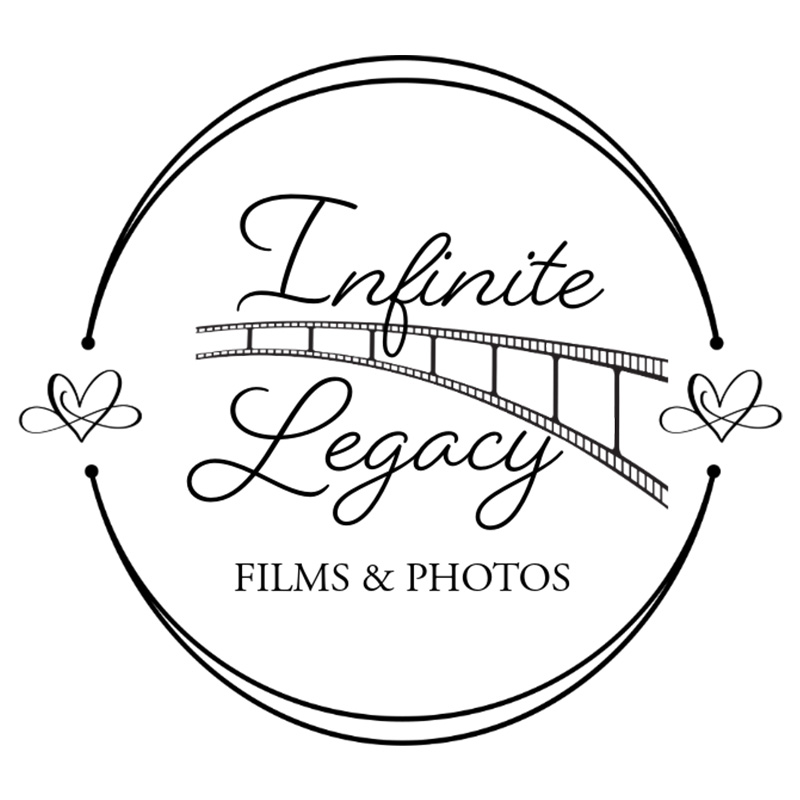Last month, I got an email from a mom in Clarence that made me smile. She’d been wanting to book a documentary session for months, but she kept putting it off.
Her reason? “Emily, I’m so embarrassed, but I need to be honest, my house is a disaster. There are toys everywhere. My kitchen counters are covered in paperwork and school forms. My kids’ rooms look like a tornado hit them. I don’t think I can get everything perfect enough for you to come over.”
I wrote her back immediately: “Please don’t wait. Your house doesn’t need to be perfect. It just needs to be yours.”
She booked her session. And when I delivered her film a month later, you know what she said?
“The video is absolutely amazing ♥️”
Not a single word about the toys. Not one mention of the counters. Because once she saw her family… really saw them, the way they love each other, the way they connect, none of that other stuff mattered.
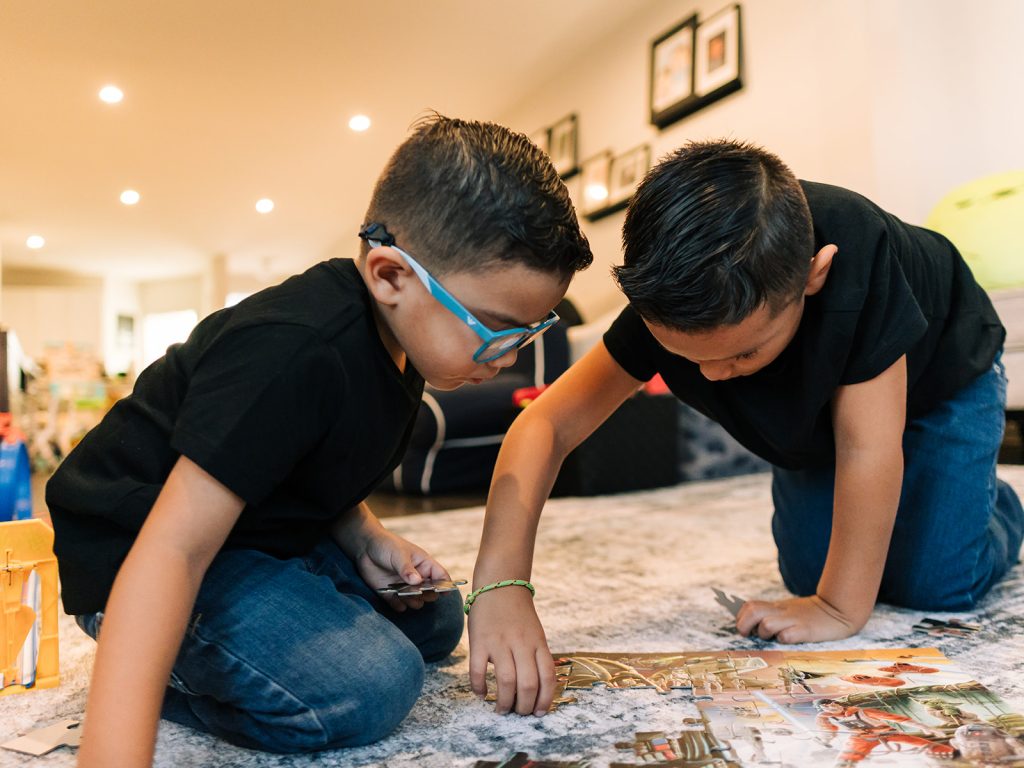
Hey Mama, I Know What You’re Thinking
You’re scrolling through this post because the idea of having someone come into your home with a camera makes you want to deep clean for three days straight.
Now you’re picturing me judging your pile of unfolded laundry. You’re even imagining I’ll notice the sticky spots on your kitchen floor. You’re worried about the Legos scattered across the living room, the papers covering your counters, and the general chaos that is everyday life with kids.
I get it. I really, really do.
But here’s what I also know: that fear is the only thing standing between you and the family photos you’ll treasure for the rest of your life.
So let’s talk about it honestly. Because you deserve to understand what I actually see when I walk into your home.
What I’m Really Looking At (And It’s Not Your Baseboards)
When I arrive for your documentary session, I’m not doing a home inspection. Instead, I’m looking for something entirely different.
Like the light streaming through your kitchen window.
I’m noticing where your family naturally gathers—the cozy corner of the couch, the kitchen island where everyone congregates.
I watch for the way your toddler’s face lights up when you start reading their favorite book.
I’m capturing how your kids naturally interact with each other when they’re comfortable in their own space.
Your home exactly as it is becomes the perfect backdrop for authentic family moments. That’s not marketing speak. That’s the truth of documentary photography.
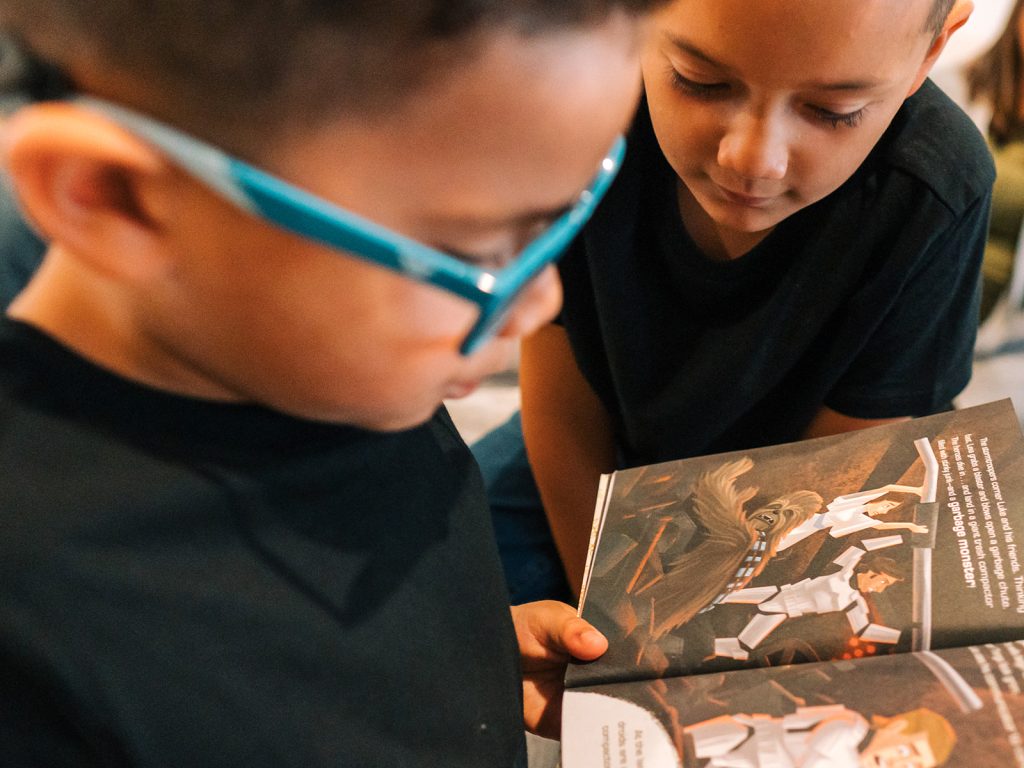
The Three “Mess” Fears I Hear Most Often
Let me address the specific worries that come up in almost every pre-session consultation:
Fear #1: “There are toys EVERYWHERE”
One mom asked me if she should pack up most of her kids’ toys before I arrived. Here’s what I told her: Your kids’ toys are part of your story right now.
In ten years, you won’t remember exactly which toys were scattered across your living room floor. But you will remember this season—when building block towers and playing pretend consumed entire afternoons. When your daughter carried that stuffed bunny everywhere. When your son lined up all his cars in perfect rows.
The solution: Do a quick tidy-up so we’re not creating tripping hazards, but don’t pack things away. A lived-in home is what we want. Those toys show that this is a space where childhood is happening.
Fear #2: “My counters are covered in paperwork and clutter”
School forms, permission slips, mail, grocery lists, that thing you’ve been meaning to file for three weeks—I know. Life happens on kitchen counters.
The solution: Put papers in piles and push them off to the side. That’s it. We don’t need your counters to look like a magazine spread. We just need clear space for the activity we’re capturing—whether that’s baking cookies, making snacks, or having a simple conversation.
Remember, in documentary photography, I’m using composition to focus on what matters. If there’s a stack of mail in the background? It’ll be beautifully blurred while your family’s connection is crystal clear.
Fear #3: “My kids’ rooms are disasters”
Here’s the thing: we don’t even need to go in your kids’ rooms.
Most of my documentary sessions happen in the main living spaces where families naturally gather. Kitchen, living room, backyard—those are the places where real life unfolds. Where you read stories together, where you play games, where you connect.
If we do include bedrooms, it’s usually for a specific reason like capturing bedtime stories or morning snuggles. And honestly? A few stuffed animals on the floor or books scattered on the nightstand just make it feel more authentic.
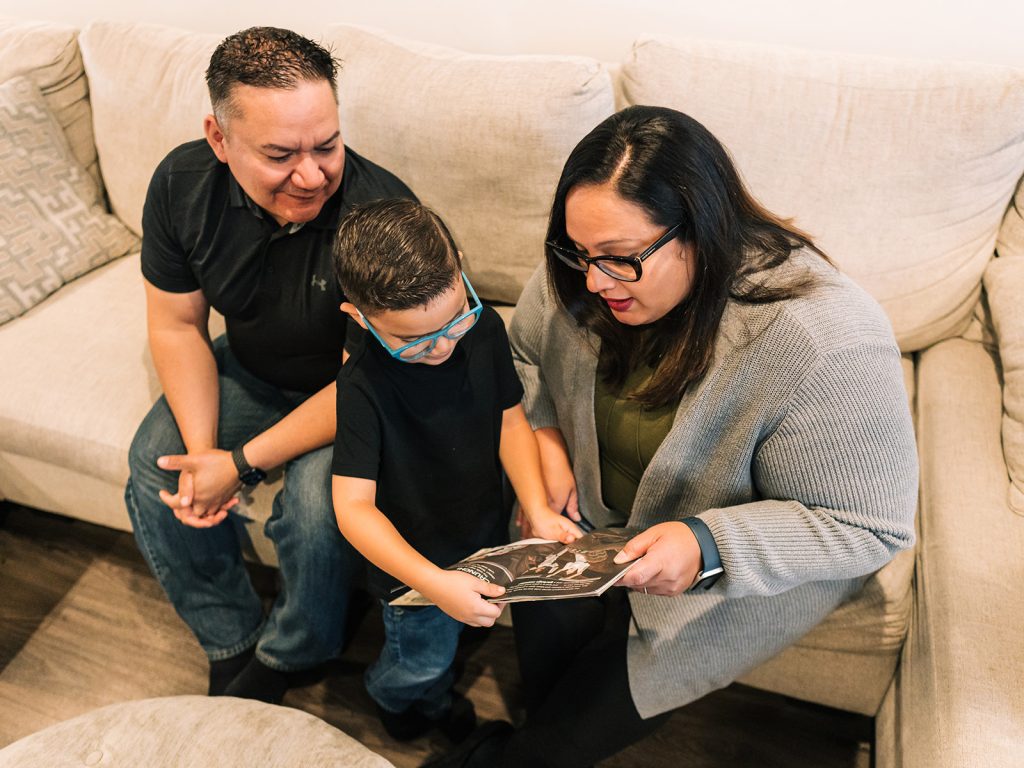
What “Clean Enough” Actually Means
I can hear you thinking: “Okay Emily, but seriously, what should I do before you come?”
Fair question. Here’s my honest answer:
Think “tidy” not “spotless.”
Imagine “lived-in” not “showroom.”
And “picked up” not “Thanksgiving clean, my mother-in-law is coming over.”
What You Should Do:
✅ Do a regular pickup – Put toys in bins or pushed to the side, clear walkways
✅ Get dishes out of the sink – Clean counters help us use kitchen space
✅ Put away obvious clutter – That pile of mail can go in a drawer for an hour
✅ Make beds if we’re using bedrooms – But even this is optional
✅ Clear one good surface – Kitchen table or counter for activities
What You DON’T Need to Do:
❌ Deep clean floors and baseboards
❌ Dust every surface
❌ Organize closets or hidden spaces
❌ Remove all signs of daily life
❌ Make everything Pinterest-perfect
❌ Stress yourself out for days beforehand
If you’re wondering what else to expect during a documentary family session, I walk through the whole process here.
Why “Lived-In” Actually Creates Better Photos
Here’s something that might surprise you: a home that looks too perfect can actually work against us.
When everything is staged and pristine, it doesn’t feel like YOUR home anymore. It feels like a showroom. And that creates tension… you’re worried about kids touching things, messing things up, being themselves.
Documentary photography thrives on authenticity. When your home feels comfortable and familiar to your family, they relax. When they relax, real moments happen. That’s what creates the images you’ll treasure.
The photo of your daughter helping you bake cookies? Nobody’s looking at whether there’s flour on the counter. They’re seeing her concentration, your gentle guidance, the love between you.
The image of your kids piled on the couch reading together? The focus is on their connection, not whether the couch cushions are perfectly fluffed.
That’s the power of documentary-style photography, it shows what matters and lets everything else fade away.
A Personal Confession
My own kids are 10 and 15 now, and when I look back at photos from their younger years, you know what I see?
It’s not the mess that was probably there. Not the clutter I probably stressed about. I see them… who they were at each stage, see myself with them, the way I used to hold them, the way they used to look at me.
I wish I’d worried less about the state of my house and focused more on just being present with them. That’s what I want for you.
Your home isn’t a stage set. It’s the space where your family’s most important memories are being made right now. It’s in the middle of regular, messy, beautiful daily life.
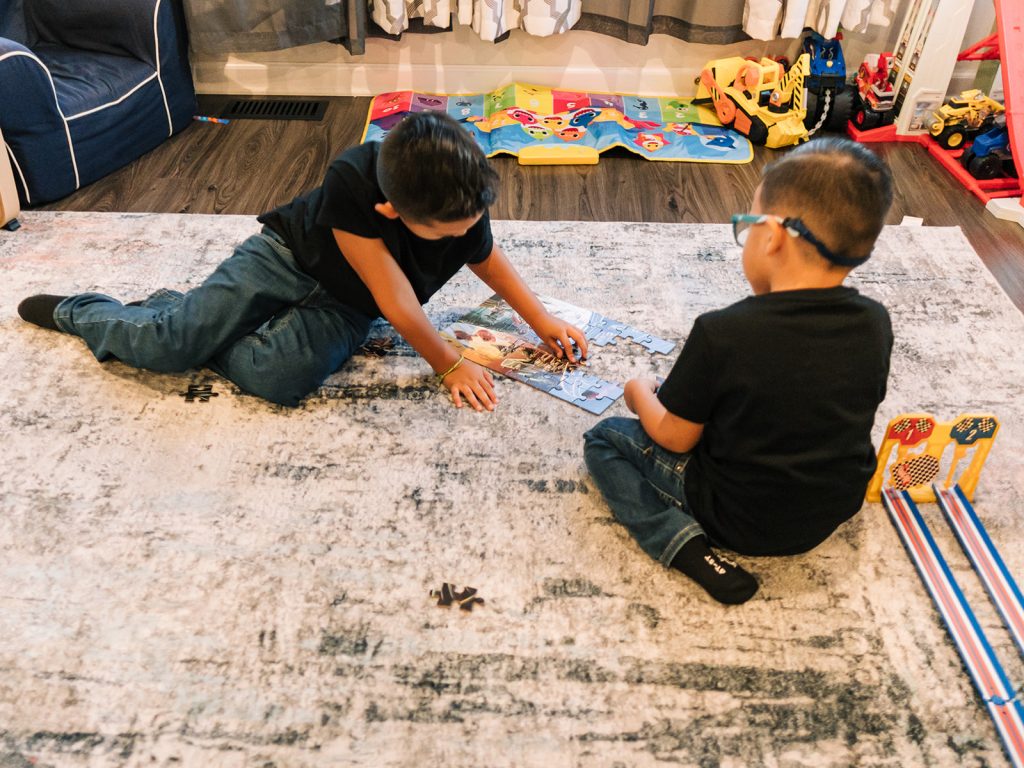
What That Worried Mom Learned
Remember the mom from the beginning of this post? The one who almost didn’t book because of her “disaster” house?
After I delivered her film, she didn’t mention the toys once. She didn’t say anything about her counters or her kids’ rooms. Instead, she wrote: “The video is absolutely amazing ♥️”
Because once she watched her family… really watched them loving each other, being together, existing in their beautiful ordinary life, she realized what I already knew:
The mess was never the story. Her family was the story.
And that’s what I captured. Not her baseboards. Not her paperwork. Her family’s love, connection, and the way they are together right now in this fleeting season.
That’s what documentary photography is all about.
The Real Question Isn’t “Is My House Clean Enough?”
The real question is: “Am I ready to preserve these moments before they’re gone?”
Because here’s what I know: You’re not going to look back in twenty years and think, “I wish my house had been cleaner in those photos.”
Instead, you’ll think, “I’m so glad we captured this. Look how little they were, look at how we loved them, look at how we were together.”
The toys, the clutter, the everyday mess of family life—it all fades into the background. What stays is the love. The connection. The moments that made up your family’s story during this particular season.
That’s what’s worth preserving. And that’s what I’m here to help you capture.
Similar to what you wear for family photos, the state of your house matters far less than you think. What matters is being together, being present, and letting me document the real beauty of your family life.
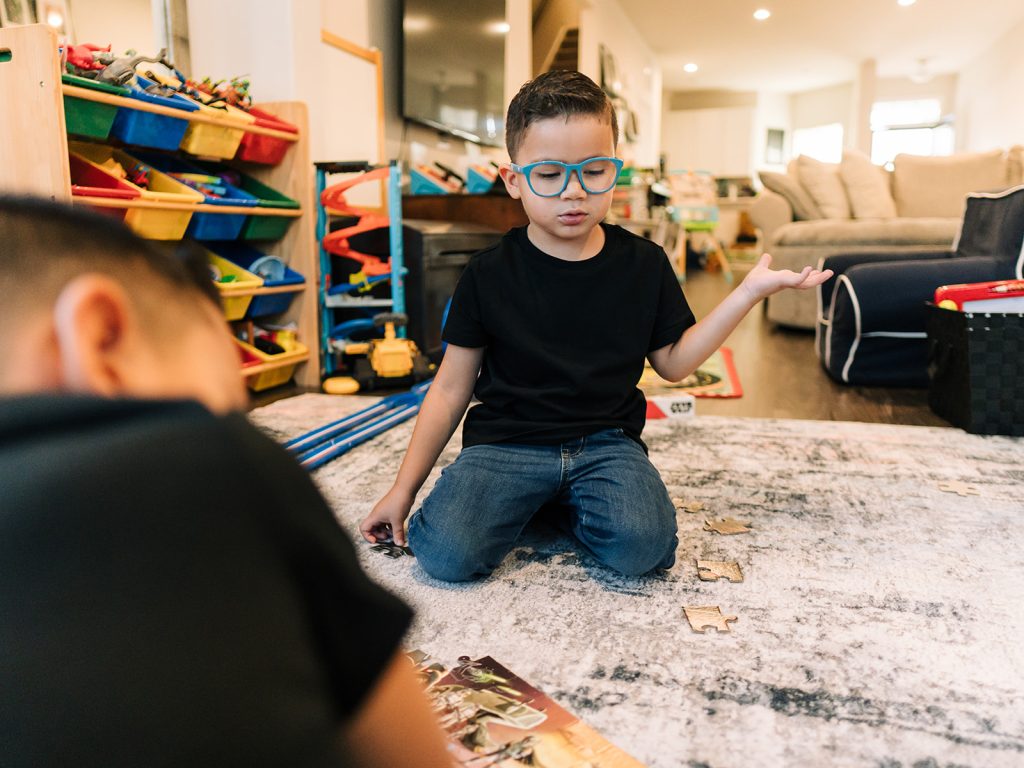
So What Should You Actually Do Before Your Session?
Here’s your simple checklist:
30 Minutes Before I Arrive:
- Do a quick pickup – toys in bins, clear pathways
- Run the dishwasher or wash what’s in the sink
- Stack papers and push them aside
- Put away anything you’d be uncomfortable seeing in photos
- Take a deep breath and remember: your home is perfect as it is
What to Skip:
- Deep cleaning marathons
- Stressing for days beforehand
- Trying to make everything look perfect
- Hiding all evidence that children live in your home
What to Focus On Instead:
- Planning an activity your family will enjoy
- Thinking about the moments you want to remember
- Being present with your kids during our session
- Trusting that I’m going to focus on what matters
Ready to Stop Worrying About Your House?
Listen, I understand the impulse. As a mom myself, I know what it feels like to look around your home and think, “There’s no way I can have someone come over right now.”
But I’ve learned something through years of documenting Buffalo families: the homes that feel most comfortable create the most beautiful sessions.
When you’re not stressed about keeping everything perfect, you’re free to actually be with your kids. To laugh at their jokes, to help them with their activities, to just… exist together naturally.
That’s when the magic happens. That’s when I capture the images and film moments you’ll treasure forever.
Your house doesn’t need to be perfect. It just needs to be the place where your family’s love lives. And I promise you—that’s exactly perfect enough.
Ready to book your in-home documentary session? Let’s talk about your family.
Or join our Buffalo 365 Project Facebook Group where Western New York families share real, unfiltered glimpses of everyday life—mess and all.
Frequently Asked Questions About Having a Photographer in Your Home
Should I hide our personal photos and family items?
No! Those personal touches make your home uniquely yours. I’m not doing a home tour—I’m capturing your family. Those items in the background just add authenticity.
What if I have pets and pet hair everywhere?
Perfect! Pets are part of your family. A quick vacuum is fine, but don’t stress. I’ve photographed families with multiple dogs, cats, and yes, even some pet hair. It’s real life.
Do you judge people’s homes?
Never. I’ve been in hundreds of homes, and what I notice is love, not dust. Plus, as a mom of two, I promise my own house isn’t magazine-perfect either.
What if something embarrassing is in the background of a photo?
I’m very mindful of composition and what’s in the frame. If something distracting makes it into a shot, I can either crop it out or choose a different image from the sequence. You’ll also have a chance to review everything.
Should I rent furniture or decorate specially?
Please don’t! Your real home is what makes photos authentic. Rental furniture or special decor would just make you uncomfortable and take away from the genuine feeling we’re trying to capture.
What about bathroom cleaning?
If we’re doing a bath time sequence, yes, give the bathroom a quick clean. Otherwise, I probably won’t even see it. We focus on main living spaces where your family naturally gathers.
Infinite & Legacy Films specializes in documentary-style family photography and filmmaking in real Buffalo homes. We capture authentic moments in lived-in spaces—because that’s where real life happens.
